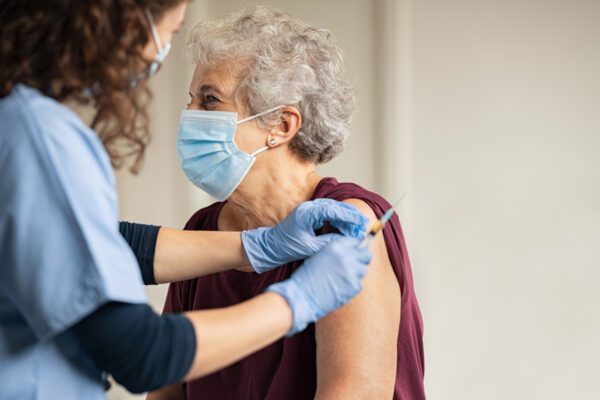Product Recall expenses are excluded from all standard general liability policies, and that gap in coverage can only be addressed via endorsement or by purchasing a stand-alone policy. Since 2008 one of the most popular coverages manufacturing companies have chosen to add to their risk management portfolio is product recall insurance.
Product Recall expenses are excluded from all standard general liability policies, and that gap in coverage can only be addressed via endorsement or by purchasing a stand-alone policy. Since 2008 one of the most popular coverages manufacturing companies have chosen to add to their risk management portfolio is product recall insurance.The FDA statistics on the number of annual recalls support that decision. In 2008 there were 351 FDA Class I recalls. Over the next 24 months, the number of Class I recalls had jumped to 1,499. The FDA defines a Class I recall as a situation where there is a reasonable probability that use or exposure to a product will cause serious adverse health conditions or possibly death.
With so many companies deciding to purchase product recall insurance, it is of great importance to identify what type of recall coverage is in place.The most common recall coverage small to mid-sized business purchase is known as “Limited Product Withdrawal Expense”. This is a coverage line many regional and most national insurance carriers are willing to add via endorsement to the general liability policy. The pricing will always vary based on the annual gross sales of the insured business; but in typically you can purchase this coverage with a $500,000 limit for around $2,500. It is also very important to identify what retention level your company will be responsible for. Usually insurance carriers will offer a flat deductible for withdrawal expense; but some carriers require the insured to participate
in a percentage of the claim total.
Additionally, limited product withdrawal expense coverage falls well short of covering all of the costs a company will incur in the event they are required to recall a product from the market. Limited product withdrawal coverage will only respond to the following expenses:
- Cost to notify (includes cost of stationary, announcements and postage)
- Cost of overtime to your non-salary employees
- Cost of independent contractors and temporary employees
- Costs of packaging, shipping and transportation
- Cost of warehouse or storage space
- Cost of proper disposal of the product
While at first glance those coverages look to be comprehensive, the list of excluded expenses brings to light all of the costs that the company will be responsible for.
- Profit and redesign
- Third-Party damages
- Governmental recall
- Crisis management, goodwill and reputation
- Legal defense costs
With the implementation of the Food Modernization act of 2010, the FDA will now have the authority to trigger a recall. In previous years the FDA only had the power to seize inventory and did not have full recall authority. As listed above governmental recall is not covered under the limited product withdrawal expense coverage form.
While a product recall expense endorsement typically costs $2,500 for small to mid-sized companies, the same company would likely spend $15,000 to $20,000 or more for a stand-alone comprehensive product recall policy. The difference in those premium levels should give you a strong indication of where the real financial risk lies in product recall scenarios.
“Limited Product Withdrawal Expense” is a one-size-fits-all approach to buying back the recall exclusion. A comprehensive stand- alone policy is a customized and strategic solution to the same problem. Insurance carriers who specialize in stand alone recall policies are able to put up $5 million to $10 million in coverage limits. Stand-alone policies are designed to cover not only withdrawal expense; but also profit, redesign, repair and rework, crisis management, legal defense and most importantly third-party damages!
Manufacturers need to analyze the impact of third-party damages in a typical recall scenario. In order to properly complete the analysis review your contractual language specific to indemnification and performance. The demand you receive from an impacted third party will include their loss of sales, damage to their reputation and related expenses to rehabilitate their company image.
The most significant reason businesses purchase insurance is to prevent a catastrophic situation from causing them to close their doors forever. A comprehensive product recall policy can help to mitigate a quality breach from becoming a company killer.
Material posted on this website is for informational purposes only and does not constitute a legal opinion or medical advice. Contact your legal representative or medical professional for information specific to your legal or medical needs.


